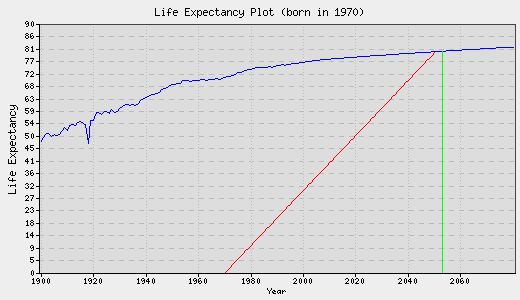A few months ago reporter Michael Mason contacted me for a story about calorie restriction via my writeup of the first day of CR IV (I still have notes from the other two days and will write them up in the fullness of time). The story appears in tomorrow’s New York Times, now online, as One for the Ages: A Prescription That May Extend Life. Just a few notes on the paragraphs that mention me and accompanying photos:
Mike Linksvayer, a 36-year-old chief technology officer at a San Francisco nonprofit group, embarked on just such a diet six years ago. On an average day, he eats an apple or some cereal for breakfast,
Cereal is pretty much junk food, and whether I eat any is a pretty good indicator of how well I’m doing. I can go for weeks without any, then eat some every morning for a week at work if I’m procrastinating on a project. I skip breakfast more often than not. Natto and garlic (pictured) is my favorite breakfast.
followed by a small vegan dish at lunch.
However, it must be noted that most people practicing CR are not vegan.
Dinner is whatever his wife has cooked, excluding bread, rice, sugar and whatever else Mr. Linksvayer deems unhealthy (this often includes the entrée). On weekends, he occasionally fasts.
I cook a fair amount, too. The dishes pictured are typical of my cooking — more or less random vegetables and vegetable protein mixed together with lots of spices.
Mr. Linksvayer, 6 feet tall and 135 pounds, estimated that he gets by on about 2,000 to 2,100 calories a day, a low number for men of his age and activity level, and his blood pressure is a remarkably low 112 over 63. He said he has never been in better health.
My first estimate was 2,200, which includes some fudge factor, as I know how easy it is to underestimate intake, and I am not super meticulous. But they wanted to go with a lower number.
I am on relatively mild CR. For example, in at least one human CR study the median blood pressure was 99/61.
“I don’t really get sick,†he said. “Mostly I do the diet to be healthier, but if it helps me live longer, hey, I’ll take that, too.â€
True, though I learned of CR through life extension circles and that was definitely my initial motivation. It doesn’t really matter to an individual whether CR squares the mortality curve or extends maximum life — only whether that individual gets more healthy years (easy) and yes, perhaps a better shot at hanging on long enough for real life extension technologies.
Regarding the food pictures, the photographer wanted food on plates, but I typically eat multiple servings or from a salad bowl, as in the photograph with me in the picture. The lunch and dinner pictured are low calorie density for their volume. Some people on CR eat a huge salad every day.
The clarifications above aren’t intended as criticisms. Overall the article is pretty good and I was impressed by the amount of legwork and research the reporter and support people put into the story. Seeing a real photojournalist at work was very interesting (picture of two of his cameras I took while he carried the rest of his gear down the stairs), even if I didn’t really enjoy being a subject. Maybe the MSM is worth keeping around after all. :)
There have been several stories about CR published recently. I recommend checking out The Fast Supper in New York Magazine, which features people far more hard-core and interesting than myself.
Also check out the Calorie Restriction Society. I rarely blog about CR, so subscribe to April Smith or Mary Robinson, who do so intelligently (though most people on CR seem to be male).
Better yet, ignore all of the above and contribute to the real fight against aging — from December 2005:
Excepting the very laws of nature (see arch anarchy), aging and its resulting suffering and death is the greatest oppressor of humanity. As far as I know Aubrey de Grey’s Methuselah Mouse Prize/Foundation is the only organization making a direct assault on aging, so I advise giving generously. Fight Aging! is the place to watch for new anti-aging philanthropy.
Addendum: The meal photos left out dessert.

